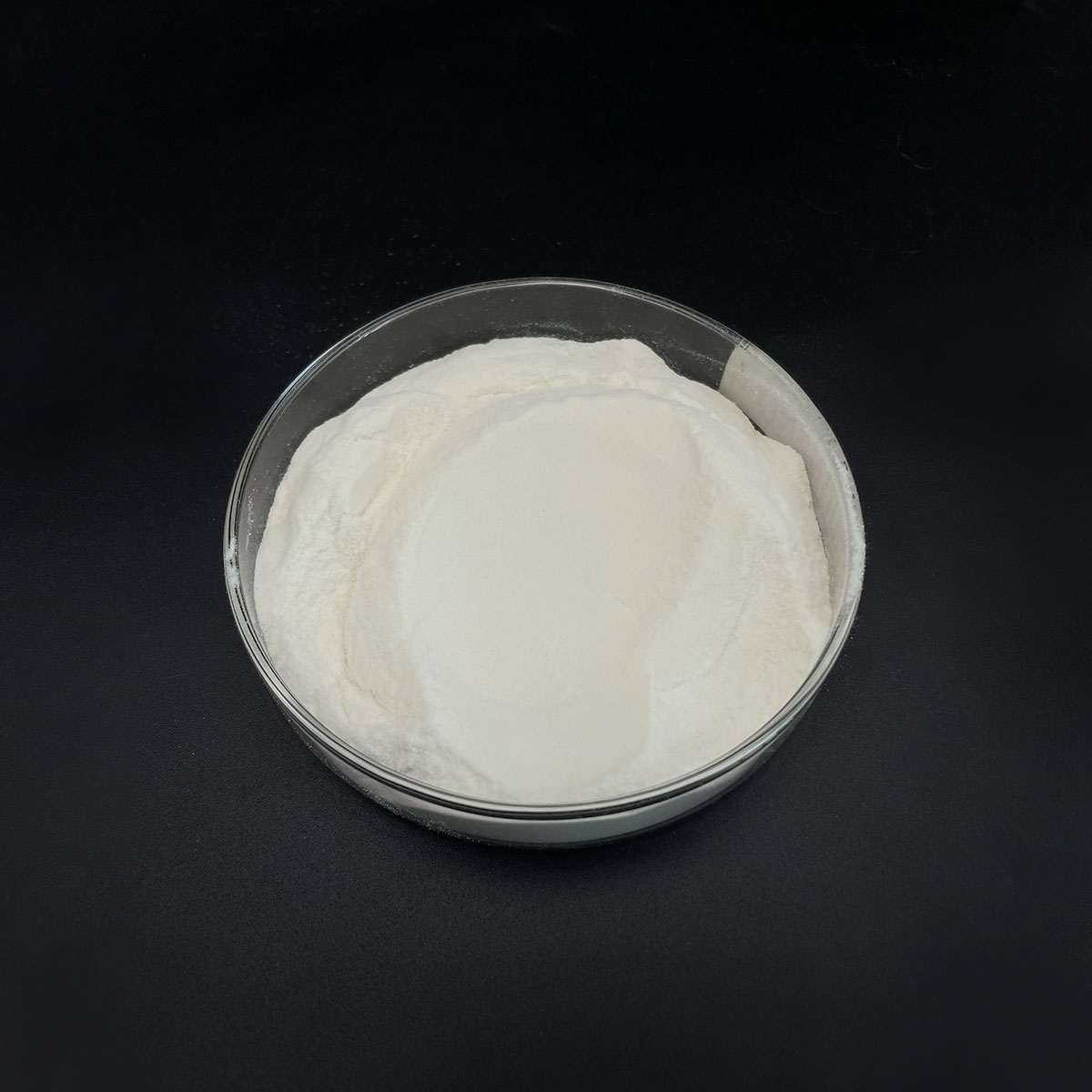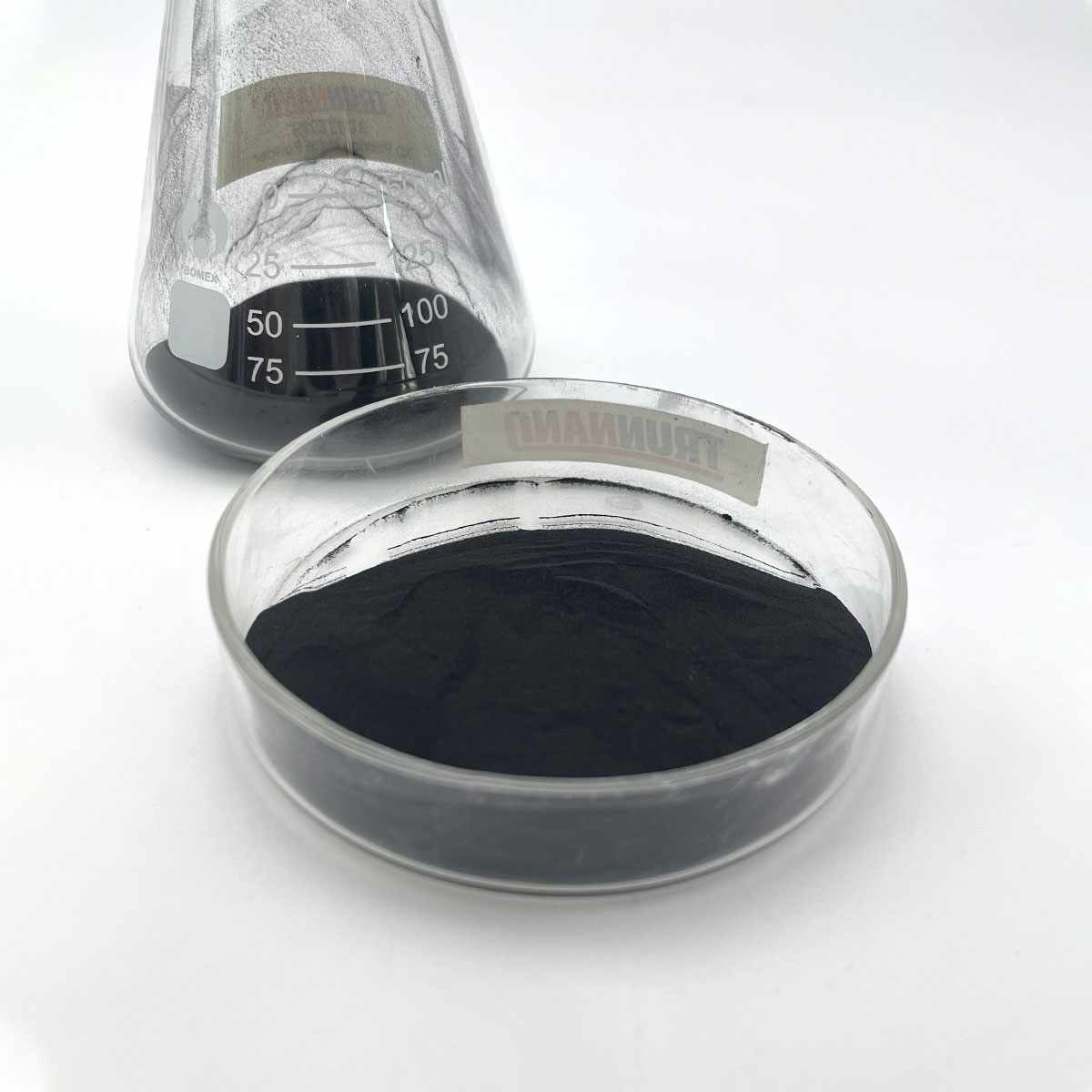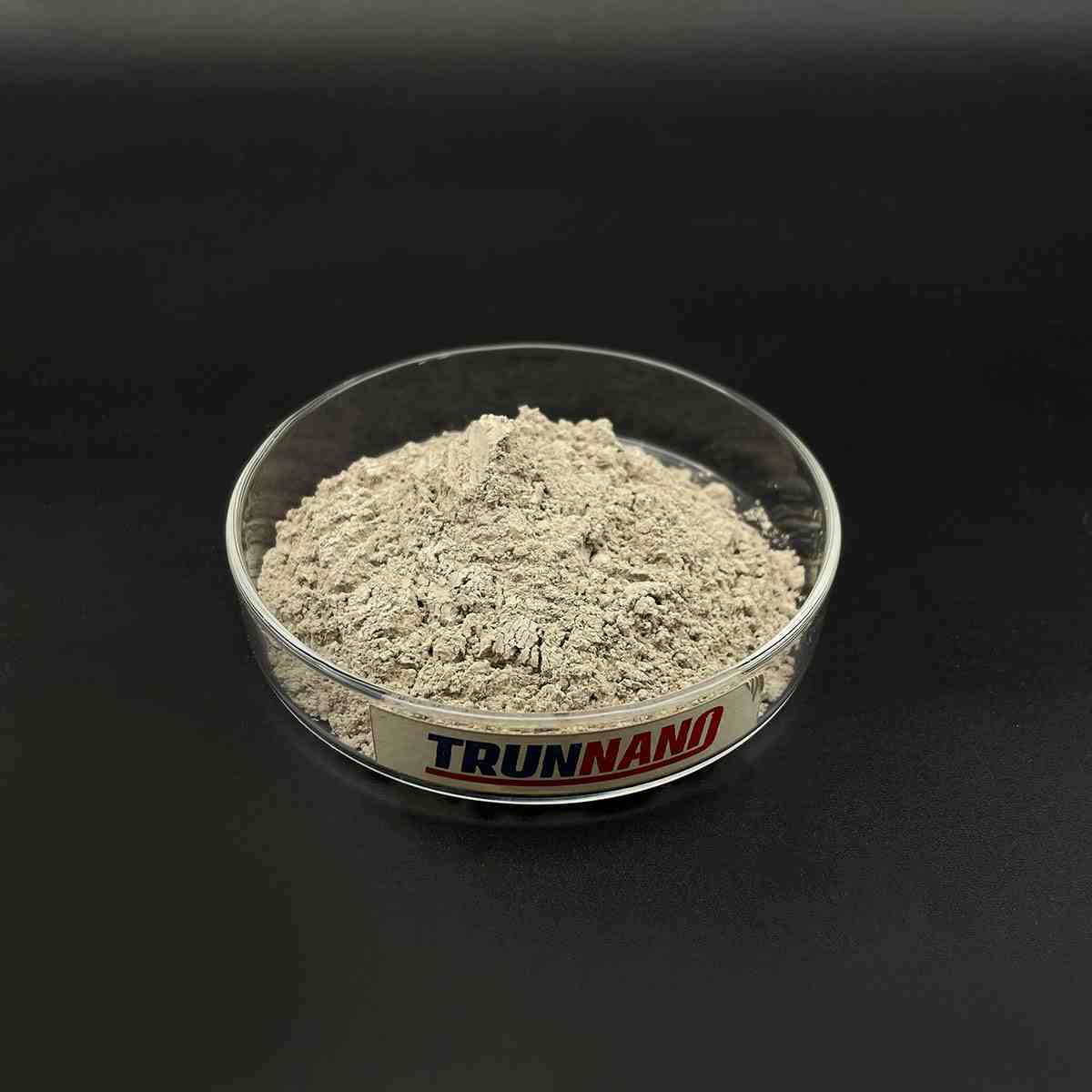Overview of Molybdenum diselenide -325mesh High Purity MoSe2 For Molybdenum selenide MoSe2 powder
Telluride and selenide compounds play a significant role in the field of semiconductors, particularly in the development of advanced electronic and optoelectronic devices. These materials belong to the chalcogenide family, characterized by their ability to form compounds with elements from groups IV-VI in the periodic table.
Tellurides: Compounds containing tellurium (Te) as the chalcogen. Examples include cadmium telluride (CdTe), mercury telluride (HgTe), and zinc telluride (ZnTe). These materials have found applications in solar cells, infrared detectors, and high-speed electronics due to their tunable bandgap, high electron mobility, and good thermal stability.
Selenides: Similar to tellurides, but with selenium (Se) replacing tellurium. Notable examples are cadmium selenide (CdSe), gallium selenide (GaSe), and zinc selenide (ZnSe). Selenide compounds are widely used in light-emitting diodes (LEDs), laser diodes, and solar cells due to their direct bandgap properties and efficient light absorption/emission capabilities.
Feature of Molybdenum diselenide -325mesh High Purity MoSe2 For Molybdenum selenide MoSe2 powder
Direct Bandgap: Many telluride and selenide semiconductors have direct bandgaps, which facilitate efficient light emission and absorption processes. This makes them suitable for optoelectronic applications such as LEDs and lasers.
Tunable Bandgap: The bandgap of these materials can be adjusted by alloying or altering the composition (e.g., CdSe to CdTe), enabling customization for specific device requirements across a wide spectrum of wavelengths.
High Electron Mobility: Materials like HgCdTe exhibit high electron mobility, which is crucial for high-speed electronic devices and low-noise detector applications.
Thermal Stability: Some tellurides and selenides, like ZnTe and ZnSe, demonstrate good thermal stability, making them suitable for high-temperature operation and processing.
Non-Toxic Alternatives: With increasing environmental concerns, there’s a push towards exploring less toxic alternatives to commonly used semiconductors. For instance, Cd-based tellurides and selenides are being replaced or combined with less toxic elements like Mg or Mn in some applications.

(Molybdenum diselenide -325mesh High Purity MoSe2 For Molybdenum selenide MoSe2 powder)
Parameters of Molybdenum diselenide -325mesh High Purity MoSe2 For Molybdenum selenide MoSe2 powder
Molybdenum diselenide (MoSe2), also known as molybdenum sesquioxide, is a fascinating inorganic compound with a chemical formula of MoSe2. It belongs to the transition metal dichalcogenide family, which consists of layered structures containing a metal atom sandwiched between two chalcogen atoms. MoSe2 has gained significant attention in recent years due to its unique properties and potential applications across various industries.
High Purity MoSe2 refers to the product that has undergone rigorous purification processes to ensure a minimum impurity content, typically below 1%. This high purity grade is essential for applications where performance and reliability are paramount, such as in electronics, optoelectronics, and energy storage devices.
The 325mesh particle size indicates that the MoSe2 powder has particles ranging from approximately 45 to 75 micrometers in diameter. This particular mesh size is commonly used in thin film deposition, composite materials, and catalysts, as it provides a balance between surface area and handling characteristics. The smaller particle size enables better dispersion and enhanced reactivity, while the larger particles offer better mechanical stability.
In terms of crystal structure, MoSe2 exists in several forms, including the trigonal prismatic phase (2H) and the monoclinic phase (1T). The 2H phase is more stable at room temperature and is often the default form when discussing MoSe2 powders. It features a hexagonal lattice structure, making it a promising material for electronic applications due to its direct bandgap, which falls in the visible light range.
One of MoSe2’s key properties is its excellent optical and electronic properties. It exhibits strong absorption in the visible spectrum, making it suitable for photodetectors and optoelectronic devices. Additionally, its semiconducting nature with a tunable bandgap allows for versatile use in solar cells, where it can be combined with other materials to create efficient heterojunctions.
In the field of energy storage, MoSe2 has shown promise as a cathode material for lithium-ion batteries. Its layered structure allows for efficient lithium insertion and removal, resulting in high capacity and relatively good cycling stability. Furthermore, its compatibility with other electrode materials makes it a candidate for developing advanced battery systems.
Molybdenum diselenide is also being explored for catalytic applications, particularly in hydrogen evolution reactions (HER) and water splitting. Its ability to host active sites and facilitate the transfer of electrons makes it a promising component in clean energy technologies.
In summary, Molybdenum diselenide (MoSe2) is a high purity material with a 325mesh particle size, known for its versatile properties in electronics, optoelectronics, energy storage, and catalysis. Its unique crystal structure and tunable bandgap make it an attractive choice for various applications, and ongoing research continues to uncover new possibilities for this fascinating compound.

(Molybdenum diselenide -325mesh High Purity MoSe2 For Molybdenum selenide MoSe2 powder)
FAQ of Semiconductor Materials
Inquiry us






